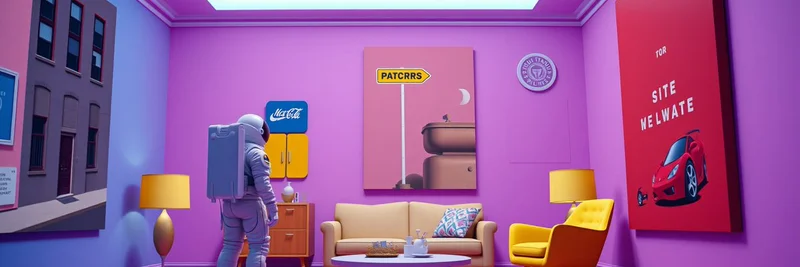Hey there, crypto enthusiasts! If you've been keeping an eye on the Bitcoin world, you might have wondered: what happens when all 21 million Bitcoins are mined? This question was recently posed by PixOnChain in a thought-provoking X post on July 6, 2025, and it’s got the community buzzing. Let’s break it down together in a way that’s easy to digest, even if you’re new to the blockchain game.
The Countdown to 21 Million
Bitcoin has a hard cap of 21 million coins, a rule baked into its code by its mysterious creator, Satoshi Nakamoto. As of now, miners earn rewards for validating transactions and adding them to the blockchain—currently 3.125 BTC per block, with a new block popping up every 10 minutes or so. But here’s the kicker: these rewards halve every four years or so during a "halving" event. The last Bitcoin is expected to be mined around 2140, leaving us with a finite supply.
PixOnChain points out that miners currently use about 1.8 million kilowatt-hours of energy per block, costing around $92,000 at five cents per kilowatt-hour. With the current reward translating to $337,500 (at today’s prices), the math checks out. But what happens when that reward drops to zero?
The Shift to Transaction Fees
Once all 21 million Bitcoins are mined, miners won’t get block rewards anymore. Instead, they’ll rely entirely on transaction fees, which currently make up just 7% of their income—about $23,000 per block. To cover electricity costs alone, fees would need to jump fourfold. Factor in hardware, risk, and profit, and the number gets even higher. This shift could shake things up big time.
Bull runs and innovations like Ordinals (which let you inscribe data on Bitcoin) can spike fees temporarily, but PixOnChain warns these aren’t sustainable fixes. For Bitcoin to keep its security intact, it needs a steady stream of income for miners. That means global demand for Bitcoin transactions has to skyrocket.
Bitcoin as a Settlement Layer
So, how can Bitcoin adapt? One idea is for it to become a global settlement layer—think of it like the backbone for international payments or smart contracts. If Bitcoin handles high-value transactions (way beyond what we see today), the fees could justify the energy costs. PixOnChain suggests this might require new transaction types we haven’t even imagined yet. Pretty exciting, right?
If Bitcoin stays just a "digital gold" (a store of value rather than a payment system), the model might crack. Without enough fees, miners could drop off, weakening the network’s security. And here’s the scary part: Bitcoin’s strength lies in its decentralized security. If that falters, it could lose what makes it special.
The Memecoin Connection
Interestingly, this discussion ties into the memecoin world, which Meme Insider covers daily. Projects like Magic Internet Money ($MIM), mentioned in related X threads, aim to boost Bitcoin’s on-chain economy. By adding fun, community-driven tokens, they could drive more transactions and fees, helping miners in the long run. It’s a wild idea—using memes to save Bitcoin’s future!
What’s Next?
PixOnChain leaves us with a big question: can Bitcoin evolve to meet these challenges? Some folks in the thread suggest Bitcoin’s value could rise enough to offset lower fees, while others point to AI miners in the distant future keeping the network alive. Whatever happens, it’s clear this is a puzzle the crypto community will be solving for decades.
What do you think? Will Bitcoin adapt and thrive, or face a security crisis? Drop your thoughts in the comments, and stay tuned to Meme Insider for more updates on this evolving story!

